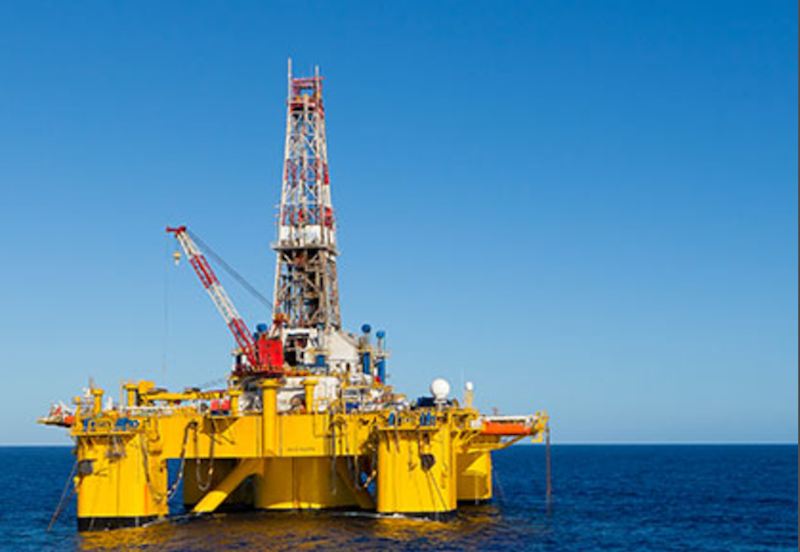Crude oil prices dropped by 40% in the final quarter of 2018. Instead of going from $75 bbl. on Oct. 1 to the expected $100-bbl. range, oil prices plummeted.
The decline was driven by concerns over the granting of waivers to buyers of Iranian oil as U.S. sanctions against Iran were to start and fear of a global recession in 2019. More supply and less demand than expected sent oil prices straight down. Thankfully, oil prices have rebounded since the end of the year.
In reaction to the oil price drop, investors jettisoned energy stocks. An abundance of sellers with few buyers sent oil and oilfield service company stocks to price levels not seen for a decade or more. It looked more like an industry liquidation event than a bear market fire sale. While the chaos in the energy and stock markets received front page attention, oil company 2019 spending budgets were quickly being redrawn and reduced. The impact of U.S. shale production on oil company profitability raised questions about the future for offshore spending, which barely 60 days earlier was expected to begin driving a Gulf of Mexico recovery.
The past couple of weeks witnessed a series of announcements with confusing implications for the offshore market. Investment bank Barclays released its 34th Global 2019 E&P Spending Outlook calling for an 8% increase, consistent with last year’s spending hike. Buried in the survey is the expectation for offshore spending to decline 7% this year, marking the fifth consecutive year of declines. That’s a record for the industry, but not a good one. A ray of sunshine Barclays offers for the offshore market is the possibility that 2020 will be the inflection year for industry activity, which they foreshadow with their projected floater rig count increase during 2019.
On an optimistic note, BP announced it has discovered an additional billion barrels of oil at its Thunder Horse field, while also declaring plans to invest $1.3 billion to develop a third phase of its Atlantis offshore field south of New Orleans. Both announcements are welcome shots in the arm for the domestic offshore market. Importantly, BP attributes its progress to having invested in advanced seismic technology, something often cut during industry downturns and belt-tightening periods. Once again, technology is coming to the rescue of the energy business.
The good news in the Gulf was countered by the Norwegian government forecasting crude oil output in its section of the North Sea could fall to the lowest level in 30 years. Output this year is targeted at 1.42 million bbls. per day, a nearly 5% decline from 2018’s production level. With a lower average oil price predicted for this year, oil company revenues and cash flows will fall, as will Norway’s royalty income.
Forecasters with optimistic views for the offshore market in 2019 may still prove to be correct. The commodity roller coaster will provide thrills and chills for energy execs this year. The chaos of 2018 will lurk in the background, leaving confidence about the future perched on an unstable foundation.
Entering the fifth year of turmoil since Saudi Arabia shook up the energy world in 2014, fatigue is weighing on many in the industry. Fighting that fatigue will be the greatest challenge facing managements who cannot approach 2019 as the 10th round of a heavyweight fight. This is a never-ending fight.




